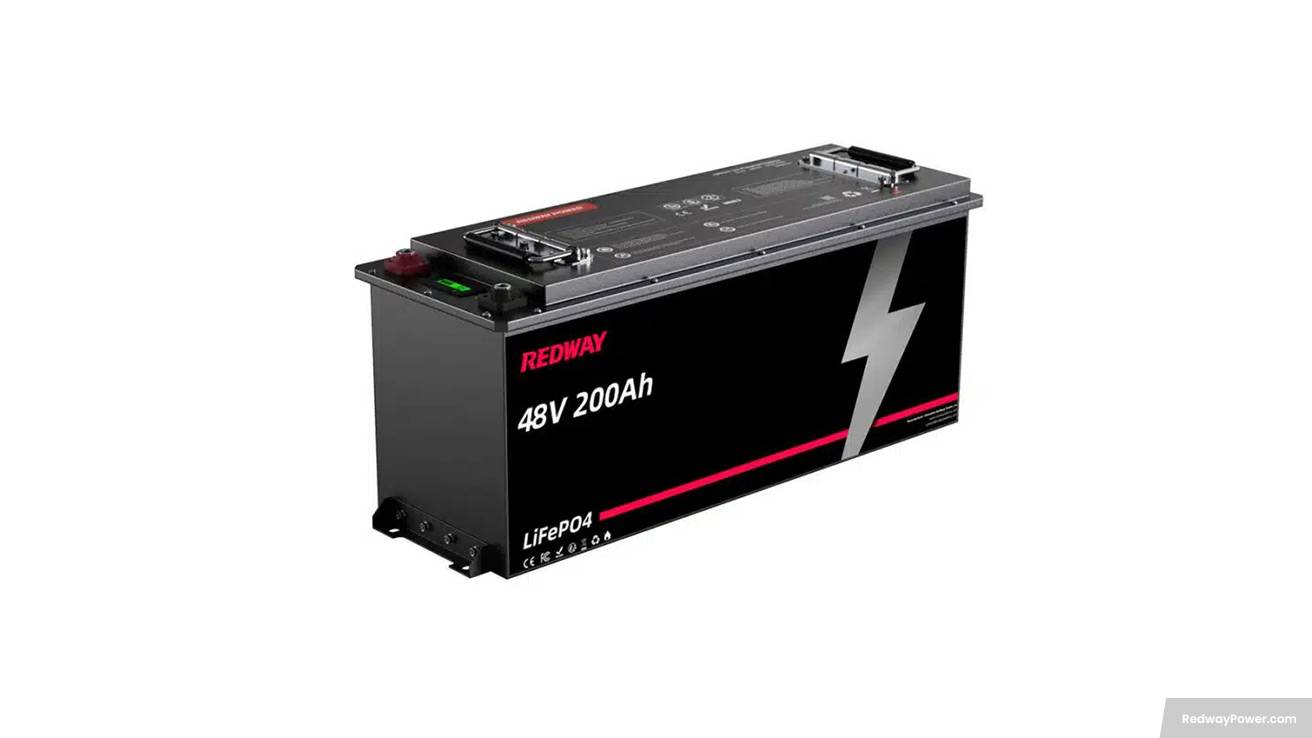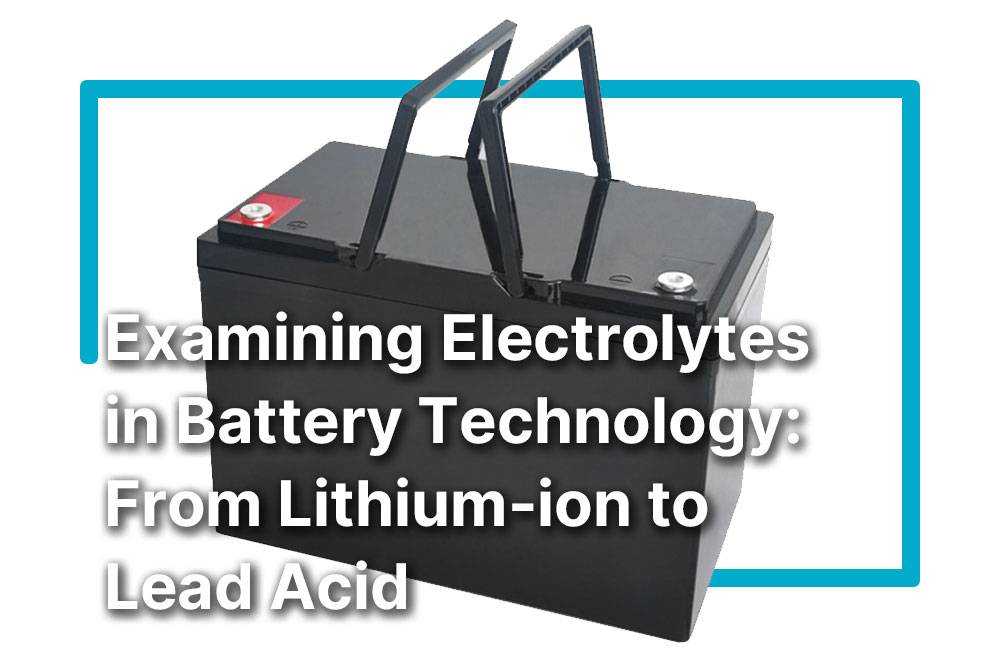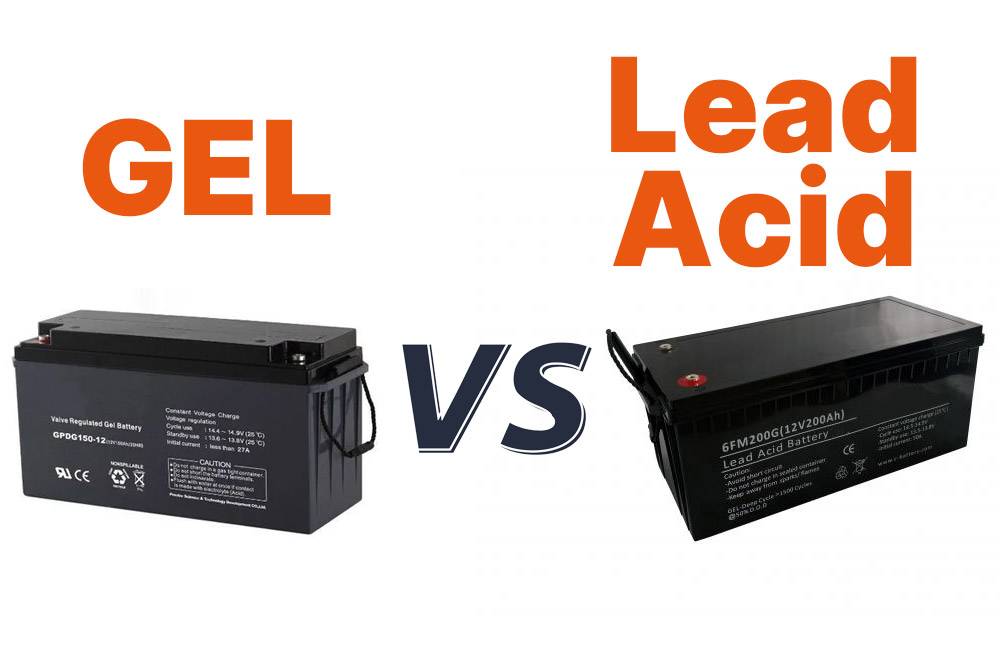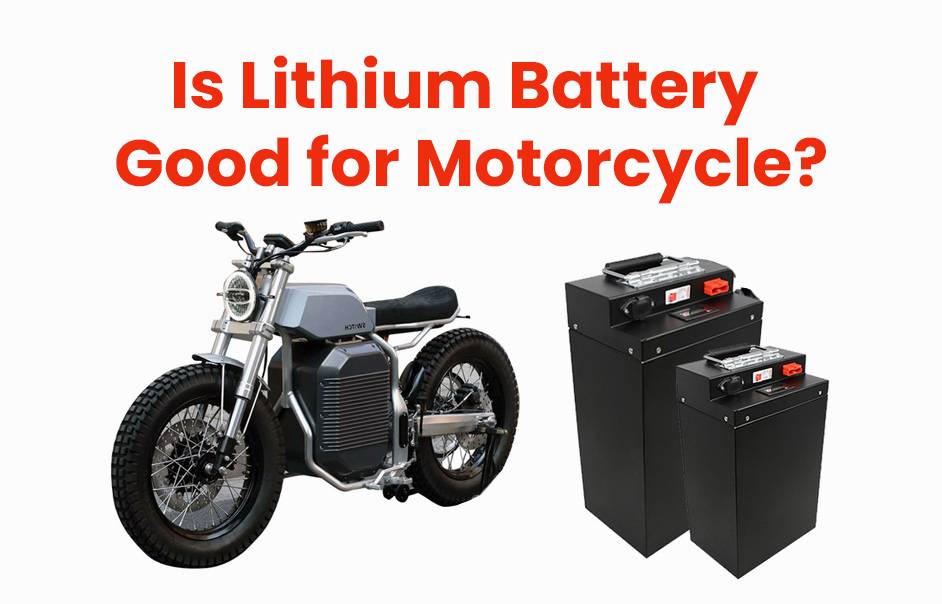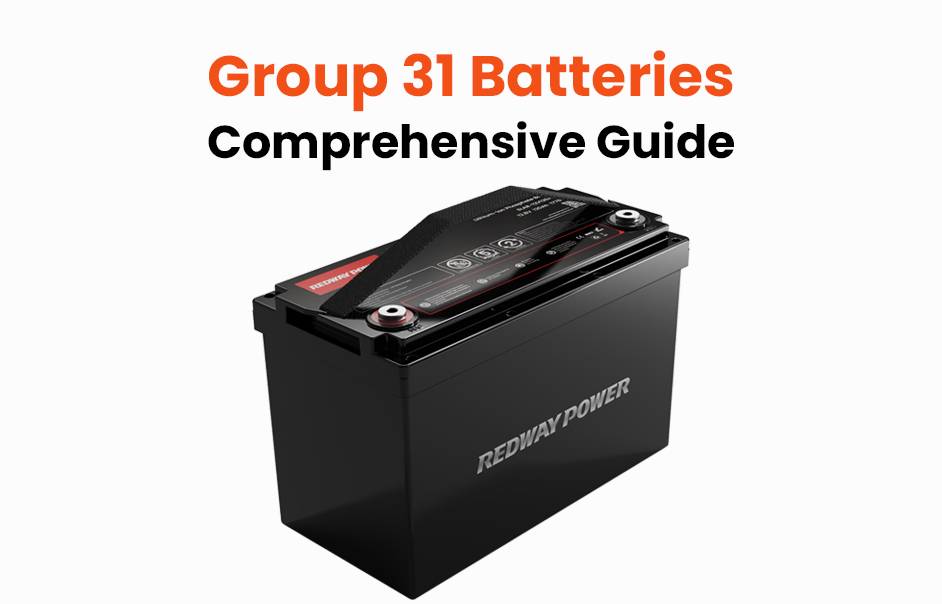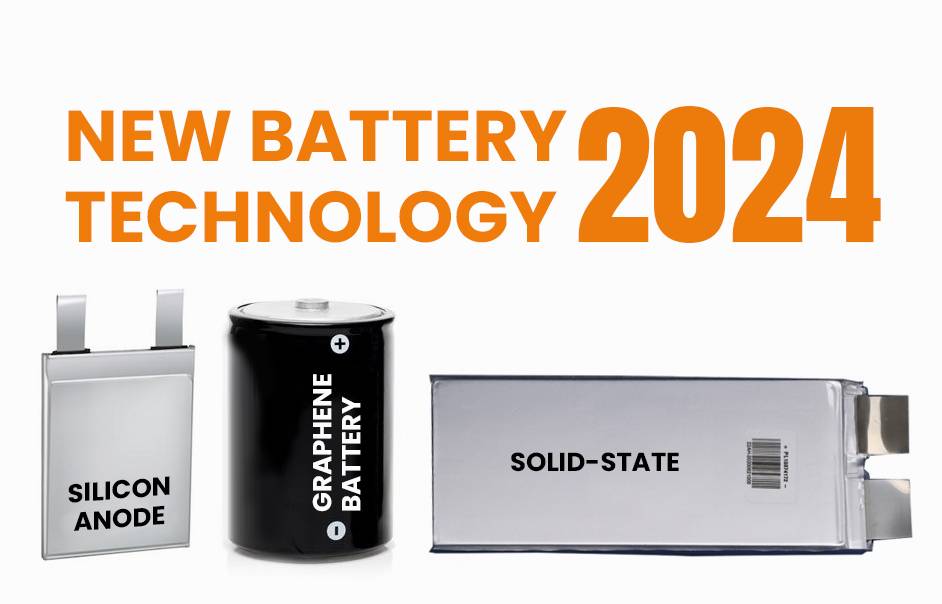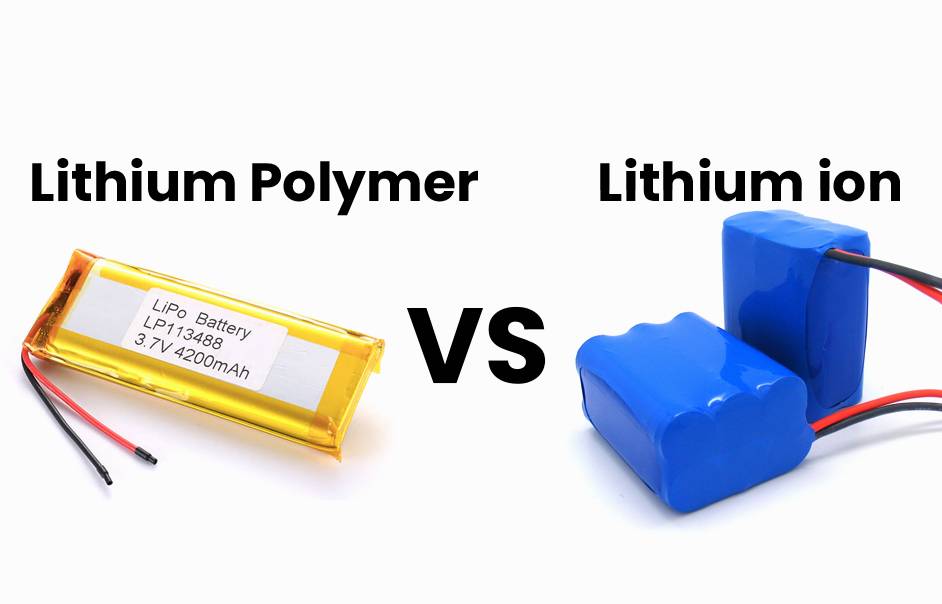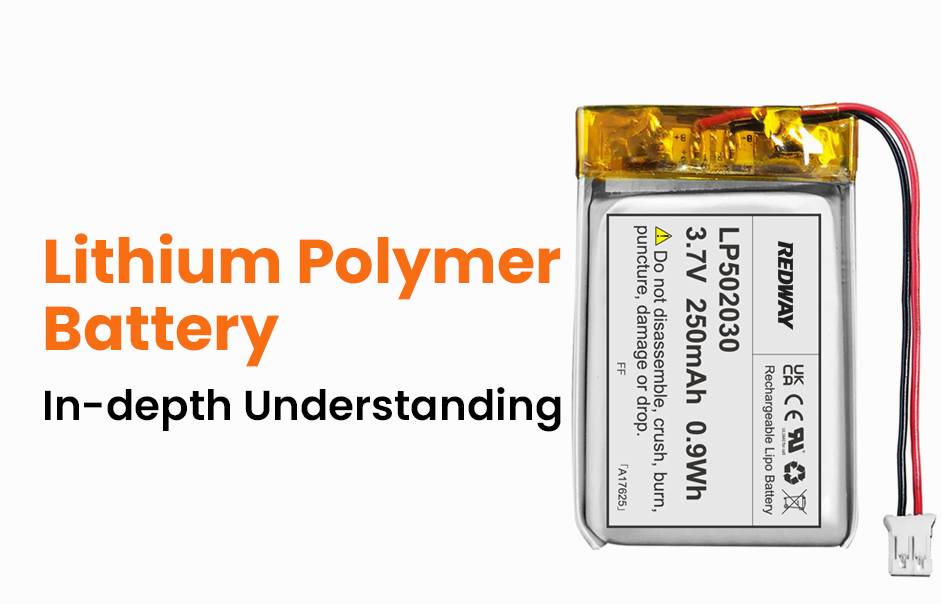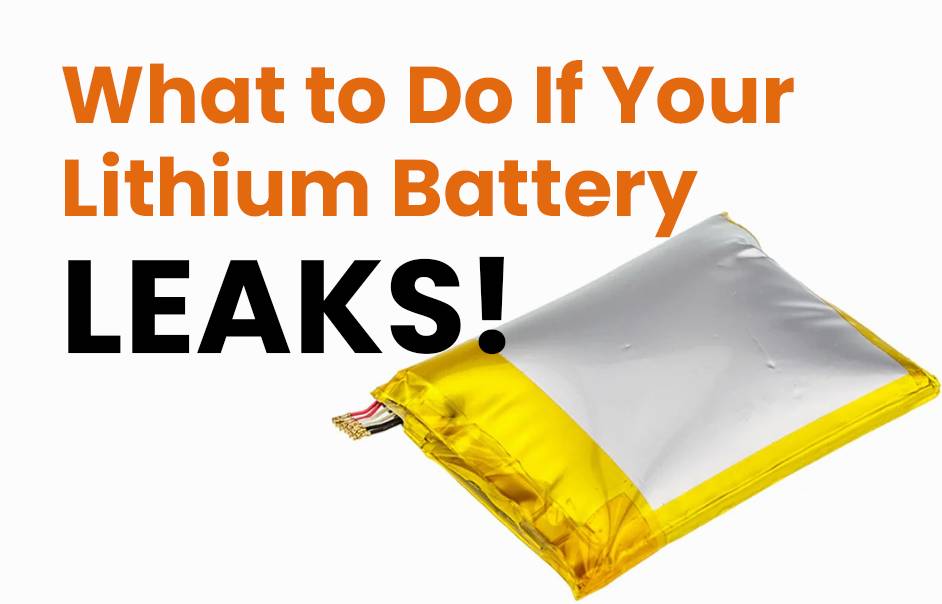Tired of lead acid battery limitations? Join the trend of opting for efficient and reliable lithium batteries. This post explores the differences, benefits, and challenges of these two battery types, helping you decide if the switch is worth it. Get ready for an electrifying journey into the world of batteries!
Understanding Lead Acid Batteries and Lithium Batteries
Before making the switch from lead acid to lithium batteries, it’s essential to grasp the fundamental disparities between these power sources.
- Lead Acid Batteries:
- Traditional and long-standing technology used in various applications.
- Comprises lead plates and sulfuric acid for energy production through chemical reactions.
- Exhibits lower energy density, voltage drops during discharge, and requires regular maintenance, including water level checks.
- Lithium Batteries:
- Modern and efficient technology known for high energy density and extended lifespan.
- Utilizes lithium-ion or lithium-polymer chemistries for increased capacity and faster charging.
- Delivers stable voltage throughout the discharge cycle, offering consistent power output and minimal maintenance needs.
Understanding these distinctions lays the groundwork for evaluating the viability of replacing lead acid batteries with lithium alternatives. Let’s delve into the specific benefits and considerations of each option.
The Differences Between Lead Acid and Lithium Batteries
Comparing lead acid and lithium batteries reveals substantial differences in technology, performance, and lifespan. Let’s explore these variances to understand which might be the better choice for your needs.
- Technology:
- Lead acid batteries use lead plates and sulfuric acid, representing older technology.
- Lithium batteries employ advanced chemistry with lithium ions for energy storage, showcasing modern innovation.
- Capacity and Charging:
- Lithium batteries boast higher energy density, storing more power in a smaller, lighter package than lead acid batteries.
- Lithium batteries can be charged more rapidly and efficiently, while lead acid batteries have longer charging times and lower charge acceptance rates.
- Lifespan:
- Lead acid batteries typically offer 300-500 cycles before experiencing significant performance degradation.
- Lithium batteries, on the other hand, tend to have a longer lifespan, providing more cycles and extended usability over time.
Understanding these distinctions helps in making an informed choice between lead acid and lithium batteries based on your specific requirements.
Benefits of Replacing Lead Acid with Lithium Batteries
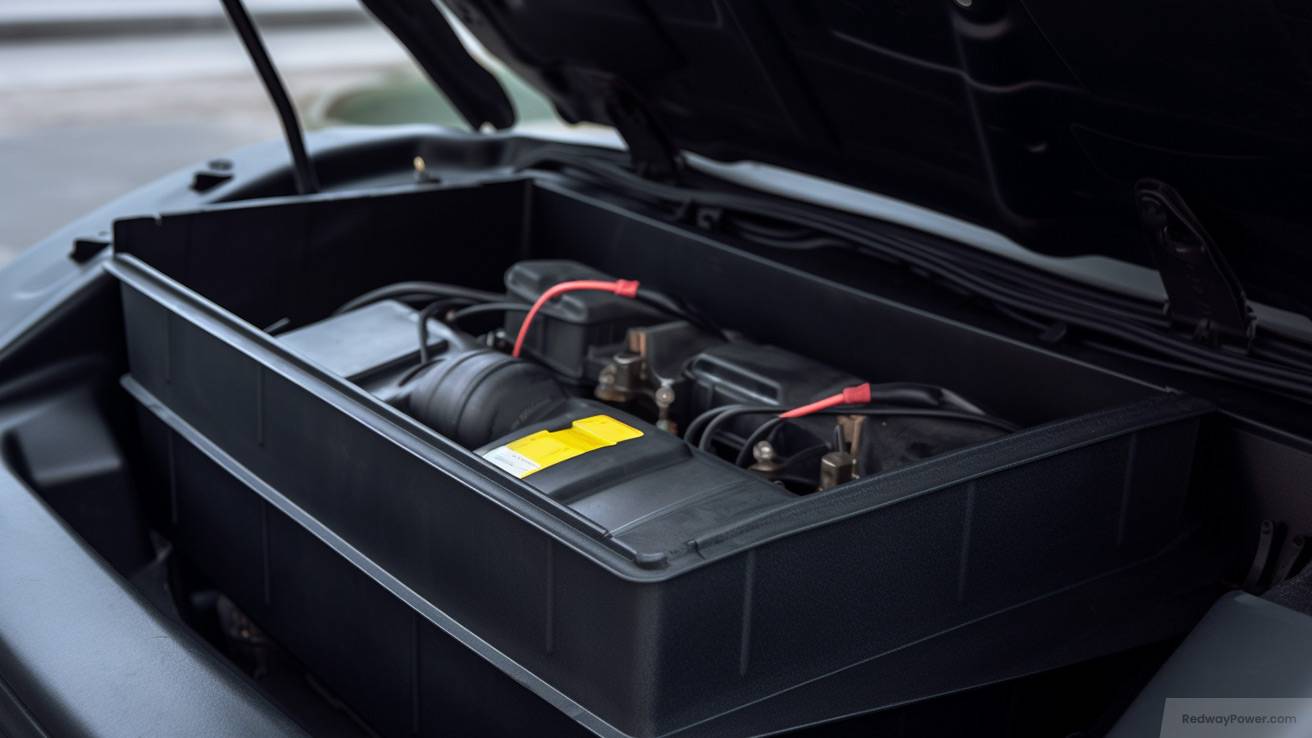
Replacing lead acid batteries with lithium batteries brings a range of benefits in energy storage. Let’s explore the advantages that make lithium batteries a compelling choice over traditional lead acid options.
- Superior Energy Density:
- Lithium batteries are lighter and more compact, offering superior energy density.
- Ideal for space-constrained applications, they provide more power in a smaller, lighter package compared to lead acid batteries.
- Extended Lifespan:
- Lithium batteries outshine lead acid counterparts with a longer lifespan, exceeding 10 years with proper care.
- This longevity translates into fewer replacements and reduced maintenance costs over time.
- Fast Charging and High Efficiency:
- Lithium batteries offer faster charging times and higher efficiency than lead acid options.
- Shorter charge cycles and minimal energy loss during discharge contribute to quicker turnaround times and improved overall performance.
- Deeper Discharges without Damage:
- Lithium battery technology allows for deeper discharges without causing irreversible damage.
- Users can fully utilize the available capacity without compromising the battery’s longevity.
- Eco-Friendly Nature:
- Lithium batteries are environmentally friendly, containing no toxic heavy metals like cadmium or mercury.
- This makes them a more sustainable choice, aligning with modern environmental considerations.
In conclusion, while considering factors like cost and potential challenges, the switch to lithium batteries offers enticing opportunities for advanced and efficient energy storage solutions.
Factors to Consider Before Making the Switch
Before swapping your lead acid battery for a lithium one, consider key factors to make an informed decision. Let’s explore essential considerations that will guide you in determining if the switch aligns with your needs.
- Power Requirements:
- Assess your specific power needs, considering whether you use the battery for high-energy tasks or lighter applications.
- Understanding power requirements helps determine if a lithium battery suits your usage.
- Cost Implications:
- Evaluate the upfront cost versus long-term savings of lithium batteries compared to lead acid counterparts.
- Despite higher initial costs, lithium batteries often offer extended lifespan and reduced maintenance expenses.
- Compatibility Check:
- Recognize that lithium batteries have different voltage characteristics than lead acid batteries.
- Verify compatibility with your equipment, ensuring it can adapt to the specific features of lithium batteries.
- Safety Considerations:
- Acknowledge the sensitivity of lithium batteries, requiring careful handling and storage due to their chemical composition.
- Consider safety protocols and whether you’re equipped to manage the specific requirements of lithium batteries.
- Environmental Impact:
- Think about the environmental impact, noting that lead acid batteries contain toxic materials harmful if not disposed of properly.
- Lithium batteries, being more environmentally friendly, lack harmful substances like lead or acids.
By weighing these factors – power needs, cost, compatibility, safety, and environmental impact – you can confidently decide whether replacing your lead acid battery with a lithium one aligns with your priorities.
Potential Challenges and How to Overcome Them
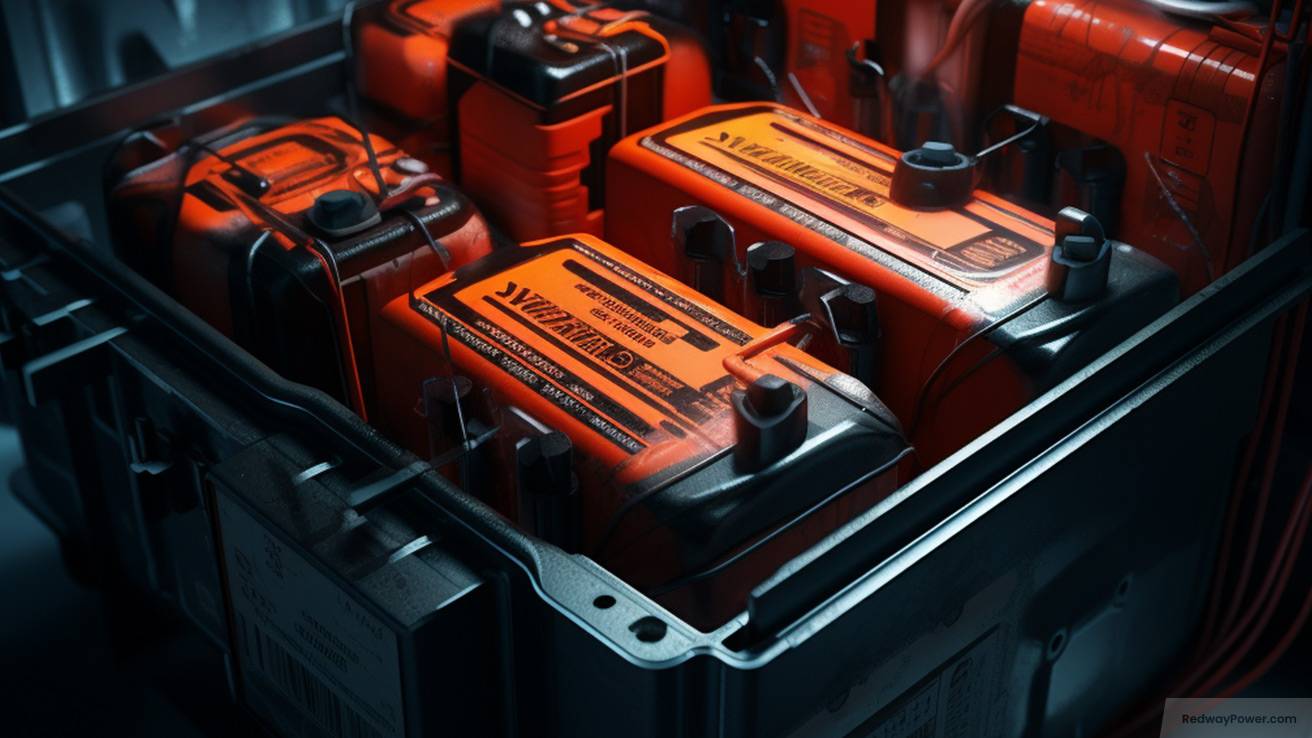
Transitioning from lead acid to lithium batteries presents challenges, but strategic planning can overcome these hurdles. Let’s explore potential obstacles and effective solutions for a seamless switch.
- Higher Initial Investment:
- Challenge: Lithium batteries entail a higher upfront cost.
- Solution: Focus on long-term benefits, considering efficiency gains and extended lifespan, leading to overall cost savings.
- Compatibility Issues:
- Challenge: Lithium systems may demand different infrastructure or converters.
- Solution: Seek expert advice to assess requirements and ensure necessary adaptations for a smooth transition.
- Safety Considerations:
- Challenge: Despite built-in safety features, proper installation and handling are crucial.
- Solution: Adhere to installation guidelines, follow safety protocols, and leverage thermal protection mechanisms.
- Maintenance Requirements:
- Challenge: Understanding the maintenance needs of lithium batteries.
- Solution: Familiarize yourself with minimal maintenance requirements, following manufacturer guidelines on charging and monitoring.
By proactively addressing these challenges through meticulous planning, expert consultation, and adherence to guidelines, the shift from lead acid to lithium batteries can be accomplished successfully.
Cost Comparison: Is it Worth the Investment?
Contemplating a shift from lead acid to lithium batteries involves evaluating costs and benefits. Let’s explore the key considerations in determining whether the higher upfront cost of lithium batteries is a worthwhile investment.
- Long-Term Savings:
- Consideration: Lithium batteries have a higher initial cost.
- Insight: Evaluate potential long-term savings through extended lifespan and reduced maintenance expenses.
- Efficiency and Energy Density:
- Consideration: Lithium batteries offer higher energy density and efficiency.
- Insight: Explore benefits such as space savings, weight reduction, faster charging times, and consistent performance.
- Application-Specific Considerations:
- Consideration: Compatibility and adjustments for specific applications.
- Insight: Assess compatibility challenges, especially in older equipment, and consult manufacturers or experts for guidance.
- Comparing Lifespan and Maintenance:
- Consideration: Lifespan and maintenance costs of both battery types.
- Insight: Examine the expected lifespan, maintenance requirements, and financial resources available for upfront investment.
By weighing these factors, you can make an informed decision on whether transitioning from lead acid to lithium batteries aligns with your budget and long-term objectives.
Can I Replace Lead Acid Battery with Lithium?
Replacing lead-acid or AGM batteries with lithium batteries is indeed feasible. However, the selection process hinges on understanding various lithium battery chemistries and configurations, tailored to specific applications.
Lithium-ion batteries, with chemistries like LiFePO4 (LFP) and Lithium Nickel Manganese Cobalt (Li-NMC), are prominent choices. One key advantage lies in their built-in Battery Management System (BMS), which prevents over-discharge and overcharging automatically.
Unlike lead-acid counterparts, lithium-ion batteries are versatile in mounting, as they contain no liquids that could leak when inverted. Moreover, their lifespan of 5 to 10 years surpasses lead-acid batteries by double, offering enhanced durability.
Therefore, transitioning to lithium batteries demands a nuanced understanding of battery chemistry and configuration, ensuring optimal performance and longevity tailored to specific needs.
How to Replace Lead Acid Battery with Lithium?
Discover how to seamlessly transition from lead acid to lithium batteries for improved performance and versatility in diverse applications.
Conversion Process for 12V Systems to Lithium
- Select suitable lithium cell chemistry and configuration, factoring in voltage disparities.
- Opt for LiFePO4 (LFP) cells to closely match the discharge curve of a 12V lead-acid battery.
- LiFePO4 cells, boasting a nominal voltage of 3.25V, allow for a series arrangement of four cells, yielding fully charged voltage of 14.4V, nominal voltage of 13V, and dead voltage of approximately 10V.
Conversion Process for Higher Voltage Systems (e.g., 24V, 48V)
- Compatibility with various lithium-ion chemistries is determined by the equipment’s operating range.
- Devices designed for a broad voltage range (e.g., 24V or 48V) may accommodate different lithium-ion chemistries as suitable replacements.
- Refer to specific equipment specifications for the operating voltage range and compatibility.
Conversion Process for Scooters
- Lithium-ion batteries offer higher power density, enabling smaller replacements compared to lead-acid batteries.
- Motors in devices such as scooters, drills, and golf carts often support wider operating ranges, facilitating the transition.
- Considerations for battery chemistry (e.g., 3S NMC or 4S LFP) depend on device specifications and desired performance upgrades.
Converting Lead Acid Battery Golf Carts to Lithium
- Golf carts typically have lower power requirements, allowing flexibility in battery selection.
- Utilize tools like battery pack planners to optimize the build.
- Older or less expensive golf carts, commonly 24V vehicles, can be enhanced with a 7S NMC lithium-ion battery, improving performance across the voltage range.
In summary, transitioning from lead-acid to lithium-ion batteries involves carefully selecting the appropriate chemistry, configuration, and voltage range to ensure compatibility and optimize performance across various applications.
Also check: Upgrading Golf Cart To Lithium Batteries Guide

